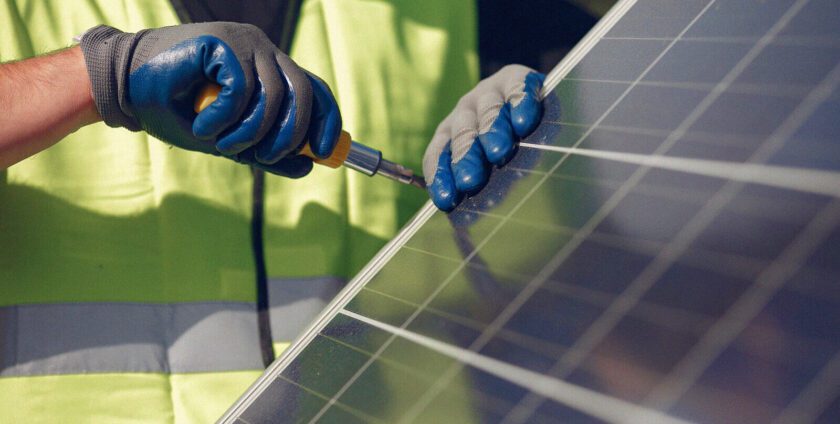The Economics of Solar Power: Understanding Home Solar System Costs

In today’s world, the demand for sustainable and renewable energy sources is at an all-time high. Among the various alternatives, solar power stands out as a promising solution to reduce reliance on fossil fuels and combat climate change. The economics of solar power, particularly concerning home solar system costs, is a topic of increasing interest and importance.
Understanding Solar Power Systems
Before delving into the economics, it’s essential to understand the components of a home solar system. These typically include solar panels, inverters, mounting hardware, and a monitoring system. Solar panels capture sunlight and convert it into electricity, while inverters convert that electricity into a usable form for household appliances.
Economics of Home Solar Systems
Initial Costs vs. Long-Term Savings
One of the primary considerations for homeowners interested in solar power is the initial investment required versus the long-term savings. While the upfront costs can be significant, the potential for substantial savings on energy bills over time makes solar power an attractive option.
Factors Influencing Solar System Costs
Several factors influence the cost of installing a home solar system. Location plays a crucial role, as areas with ample sunlight will yield more energy and thus require fewer panels. The size and capacity of the system also impact costs, along with the quality of the components used.
Government Incentives and Rebates
To encourage the adoption of solar power, governments offer various incentives and rebates. In the United States, for example, homeowners can benefit from federal tax credits as well as state and local incentives. These financial incentives help offset the upfront costs of solar installations, making them more accessible to a broader range of homeowners.
Financing Options for Solar Installations
Financing options play a significant role in making solar power affordable for homeowners. Some may choose to purchase a solar system outright, while others opt for leasing arrangements or solar loans. Each option has its advantages and considerations, depending on the homeowner’s financial situation and long-term goals.
Calculating Return on Investment (ROI)
Determining the return on investment for a solar system involves analyzing the payback period – the time it takes for the system’s savings to offset its initial costs. Factors such as electricity rates, system efficiency, and financing terms all influence the ROI calculation.
Maintenance and Operating Costs
While solar power systems generally require minimal maintenance, there are still operating costs to consider. Monitoring systems ensure optimal performance, while occasional cleaning and repairs may be necessary to maximize efficiency and longevity.
Environmental Benefits of Solar Power
Beyond the financial considerations, transitioning to solar power offers significant environmental benefits. By reducing reliance on fossil fuels, solar energy helps decrease greenhouse gas emissions and mitigate climate change. Additionally, solar power contributes to local air quality improvement and conservation of natural resources.
Conclusion
The economics of solar power is a multifaceted topic with implications for both homeowners and society as a whole. While upfront costs may seem daunting, the long-term savings and environmental benefits make investing in a home solar system a wise choice for many. By understanding the factors influencing costs, exploring financing options, and considering the broader impacts, homeowners can make informed decisions about harnessing the power of the sun.


